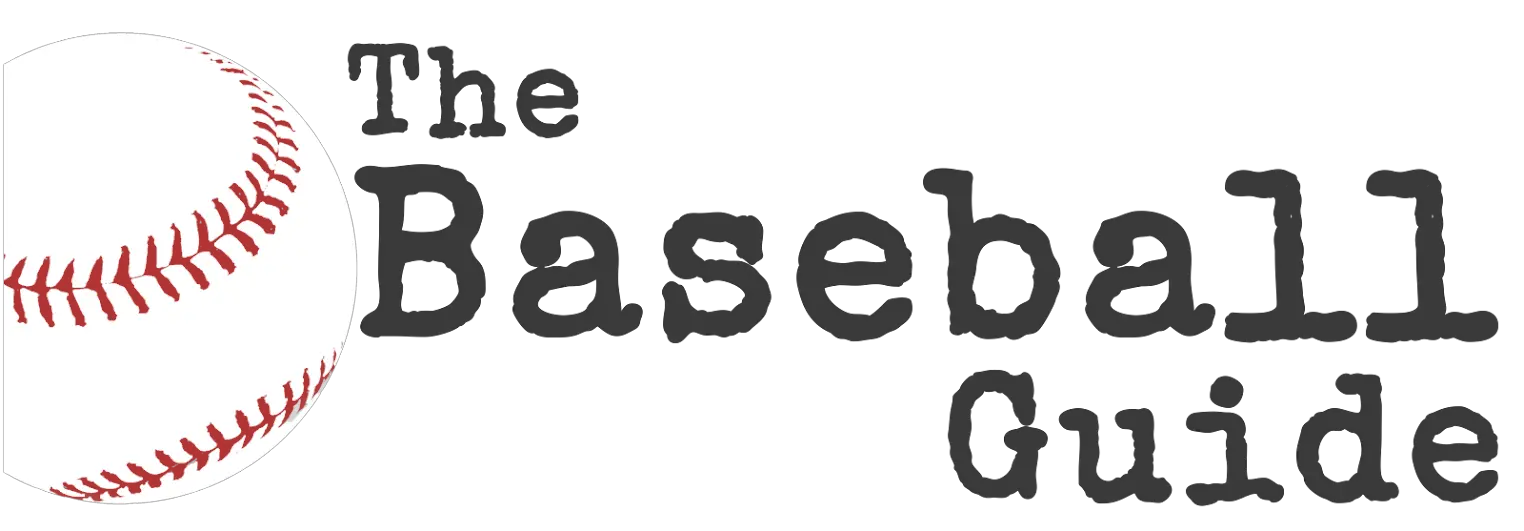Baseball, a sport admired globally, yet inherently unpredictable, is a game that often contends with nature’s whims. One such unpredictable element is rain. This guide aims to provide a comprehensive understanding of how rain affects Major League Baseball (MLB) games, throwing light upon the intricate ‘MLB rainout rules’. We delve into the implications of a rain delay, the decision-making process, and the aftermath of a game being called off due to inclement weather. So, whether you’re a passionate fan, a curious observer, or a player wanting to understand the rules better, this guide will help unravel the mystery surrounding rain delays in baseball.
What does a rain delay mean in baseball?
A rain delay in baseball refers to the temporary halt of a baseball game due to rain. The decision to delay a game is made by the umpire, who considers the intensity of the rain and the safety of the players. During a rain delay, players and spectators wait for the weather to improve before the game resumes. If the weather does not improve suitably for play to continue, the game may be called off or postponed to another date, known as a rainout. It’s also important to know that each Major League Baseball (MLB) park has its own ground rules regarding rain delays and rainouts
Who wins in the rain delay?
In case of a rain delay, the outcome can vary based on the timing and the game’s progress. If the game has already become official by completing five innings (15 outs for the visiting team), the team leading at the time of the rain delay would be declared the winner. If the game is tied when it becomes official, it is usually completed at a later date. However, if the rain delay happens before the game becomes official, and conditions persist, making it impossible to resume the same day, it’s considered a “no game” and is rescheduled. Therefore, there isn’t a definitive “winner” in a rain delay—it largely depends on the game’s specifics and the timing of the weather interruption.
How much rain does it take to cancel an MLB game?
Typically, Major League Baseball (MLB) matches proceed as planned in conditions of light or even moderate rainfall. However, in instances of heavy rain or when the field is waterlogged, play is usually suspended, resulting in a rainout. Moreover, games can be postponed or entirely canceled due to other kinds of severe weather conditions or if the playing field is deemed unsuitable for a match. The primary concern always remains the safety and welfare of the players.
What was the longest rain delay in MLB history?
The longest rain delay in MLB history occurred on August 12, 1990, in Chicago. The White Sox vs. Rangers game was halted for a remarkable 7 hours and 23 minutes due to bad weather. Despite the wait, the conditions remained unfavorable, and the match was ultimately postponed.
MLB rain delay rules in 2023
- A rainout in baseball occurs when a game is canceled, postponed, or suspended due to adverse weather conditions such as rain, snow, fog, flooding, high winds, or lightning storms.
- Rainouts before the scheduled start of a game may lead to a delay or cancellation for that day. Rescheduled games can be part of a doubleheader or played on a common open date on the teams’ schedules.
- Spectators with tickets for a rainout are issued a “rain check,” typically exchangeable for a ticket on the makeup date or another game later in the season.
- For regulation games, once the visiting team makes 15 outs (five innings) and the home team leads, or once the home team makes 15 outs, the game is considered official. Tied games are completed later, while games cut short after becoming official with no ties have standing results.
- In 2023, new rain delay rules mandate a minimum 30-minute delay before resuming a game delayed due to weather. If conditions persist, umpires may call the game. If called before becoming official, it’s a “no game” and rescheduled. If called after becoming official, the leading team is declared the winner.
- MLB rainout policies apply to regular-season games only; postseason games have their own set of rules and policies.
- Teams collaborate to determine makeup game dates, with the league intervening if an agreement is not reached. Understanding these rules is crucial for fans and players to navigate weather-affected games and anticipate their outcomes.

